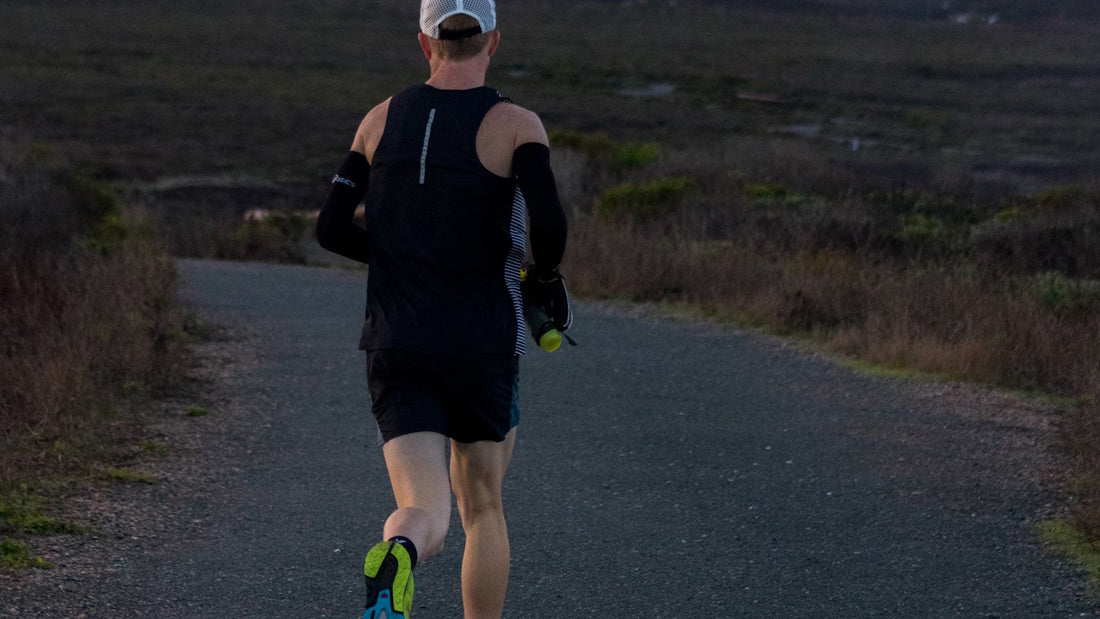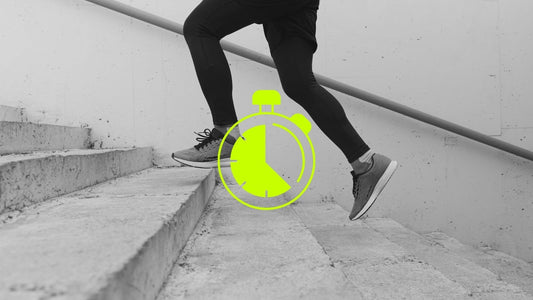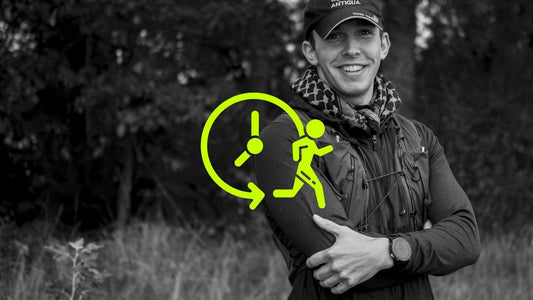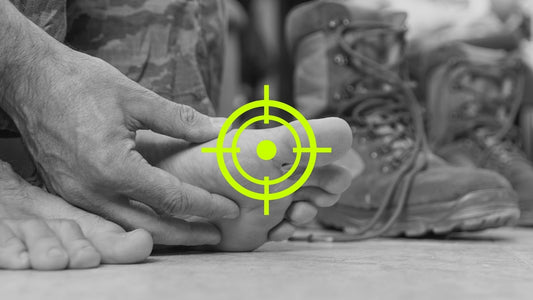Ah exercise. The endorphin rush, the sensation of working hard, that smug feeling when you overtake someone walking their dog… Surely you’re on your way to a personal best?!
And then you feel it. Runners rash. A burning, stinging, raw sensation on your skin that leaves you walking like John Wayne, but with a lot less swagger.
Chafing happens when skin rubs against skin or clothing, creating friction and heat. And if you’ve ever had that burning sensation between your thighs, under your arms, or (god forbid) your nipples, you’ll know this isn’t hyperbole when we call it “the devil’s sandpaper”.
Runner’s rash can be a painful snag for athletes and fitness lovers of all levels. It’s not just runners. Cyclists, hikers, HIIT enthusiasts, etc, can all suffer. If you sweat and move, you’re in the club. But don’t shudder (it’ll only make things worse)! We’re here to help you prevent, treat, and glide your way through runners rash.
What Exactly Is Runner’s Rash?
Runner’s rash is what medical folks call exercise-induced chafing. It happens when repeated friction between your skin, clothing, or shoes leads to irritation and inflammation. Add sweat to the mix, which breaks down the skin’s natural barrier, and suddenly your friendly morning jog becomes an attack on your epidermis.
It usually shows up in high-friction zones like the inner thighs, groin, underarms and feet. If left unchecked, irritation from Runners rash can lead to red, raw patches, stinging, or even bleeding in more severe cases.
The best approach? Stop it before it starts. But first, here’s what could be causing the problem.
Why Runner’s Rash Happens
Runner’s rash doesn’t single anyone out; it’s inclusive misery for all who sweat and move. Here are the top offenders that conspire against you during your workout:
1. Friction Frenemies
Friction is the number-one culprit. Skin rubbing against skin or fabric during repetitive motion (think running, cycling, or even rowing) is a recipe for irritation.
2. Sweat Sabotage
Sweat is your body’s air conditioning system, but it’s also a key player in runner’s rash. Moisture increases friction and weakens your skin’s barrier. As it dries, the salt in your sweat could also cause extra irritation.
3. Clothing Choices
Your clothes might feel fine when you’re lounging on the couch, but during a run? Suddenly, they’re co-conspirators in the chafe crime. Baggy clothes, seams in awkward places, or fabrics that retain moisture are all common offenders.
4. Foot-Focused Chafing
Tight or ill-fitting shoes and socks with rough seams can wreak havoc on your feet mid-run. And when running shoes trap moisture? That’s chafing 101, folks.
5. Skin Type Struggles
If you’ve got sensitive skin or existing conditions like eczema, you might find yourself victim to runner’s rash more often. And if your skin’s already dry and cracked, you’re even more susceptible. Luckily, there’s a balm for that. (Spoiler alert: it’s called Chafe Guard.)
6. Weather
Humidity and heat: Your summer runs? Lovely. Until your inner thighs start screaming due to the extra sweat. Don’t even get us started on the rain.
7. Body Geometry
Whatever your body shape, if skin meets skin, it can rub. The more skin that’s touching, the more likely you are to experience chafing.
8. Hair removal
Removing body hair can leave skin more vulnerable to irritation.
How to prevent Runner’s Rash
Now that you know why runner’s rash happens, here’s how to keep it from crashing your workout.
1. Use a proper anti-chafe balm
Step away from the petroleum jelly. It does help to stop chafing but it’s greasy, messy and can stain clothes with oily marks. Meet your new training partner: Chafe Guard.
Made with natural, skin-friendly ingredients, Chafe Guard creates a breathable barrier that helps prevent friction, wicks moisture, and keeps skin feeling like skin, not sandpaper.
Unlike those harsh chemical-packed balms, our formula is:
-
Chemical-free, filler-free with no nasties
- Powered by natural, science-backed ingredients
- Gentle on sensitive skin
- Tough enough for ultra-marathoners
2. Wear the proper gear
Moisture wicking, seamless gear made from synthetic materials are the best option since they pull sweat away from your skin, keeping it dryer. Cotton absorbs sweat and is slow to dry, which can make chafing more likely.
3. Stay dry
We all know it’s impossible not to sweat if you’re working hard, but if you can feel friction building up and you’re in it for the long haul (we see you long distance runners!) bring a towel with you to dab yourself down when you train. You could also sprinkle a little cornstarch or athlete's foot powder on to dry troublesome areas before slicking on a bit more Chafe Guard and carrying on.
4. Wash after working out
Take off sweaty clothes and shower after a work out. Pat yourself dry instead of rubbing at your skin and only dress when you’re fully dry.
How to heal runners rash
Sometimes, despite your best efforts, runner’s rash shows up anyway. If it’s too late for prevention, treat your skin with care until the chafing has healed. Even if that means taking a step back from training - which we know can be frustrating!
- Clean it up: Gently wash the affected area with lukewarm water and a mild, unscented cleanser. Don’t scrub your skin, it’ll make it worse.
- Dry carefully: Pat the area dry gently and don’t get dressed until it’s properly dry.
- Soothe the burn: Apply a generous dose of Chafe Guard to calm irritation, reduce redness, and promote healing. It’s all-natural, so your skin will thank you.
- Take a style break: Breathable fabrics are your best friends during recovery. Anti-chafing shorts like cyclists wear can also really help.
- Stay vigilant: If your chafed skin becomes red, swollen, or shows signs of infection, consult a healthcare professional. We’re all for self-care, but sometimes, you need backup.
Runner’s Rash Doesn’t Stand a Chance
The only thing worse than runners rash is letting it stop you from doing what you love. Runner’s rash might be an inevitable part of an active lifestyle, but it’s not a deal breaker. With the right preventive measures, proper gear, and the all-natural magic of Chafe Guard, you can sidestep irritation and keep your focus where it belongs—on crushing your fitness goals.
Now go forth, run happy, and may your thighs forever glide in harmony.
Got chafing war stories? Share them with us—we’ve all been there!





